Reviews:
No comments
Related manuals for 210 420
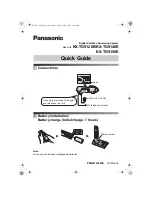
KX-TG9120E
Brand: Panasonic Pages: 8
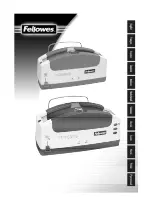
TB450
Brand: Fellowes Pages: 9

Star 150
Brand: Fellowes Pages: 5
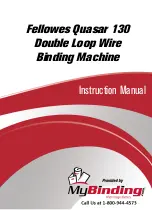
Quasar Wire
Brand: Fellowes Pages: 6
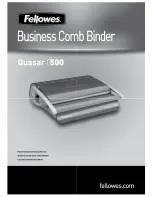
Quasar E 500
Brand: Fellowes Pages: 4
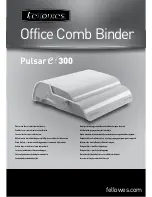
Pulsar E 300
Brand: Fellowes Pages: 76
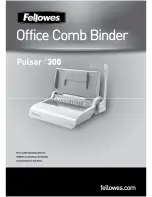
Pulsar E 300
Brand: Fellowes Pages: 6
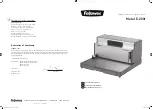
Metal E-200r
Brand: Fellowes Pages: 8
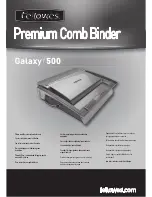
Galaxy e500
Brand: Fellowes Pages: 74

Wertarbeit EU-7
Brand: W6 Pages: 83

DIVERSE 7450
Brand: BT Pages: 2

Clarke Encore L26 Cylindrical
Brand: Alto Pages: 32

COV-7000-CMNT
Brand: Cognex Pages: 84

SCS1 Series
Brand: Datasensor Pages: 161

FSM-150
Brand: EuroLite Pages: 38

DLN-6390
Brand: JUKI Pages: 380

B-1500-C
Brand: Koblenz Pages: 12

SD-16
Brand: Artistic Pages: 72






















